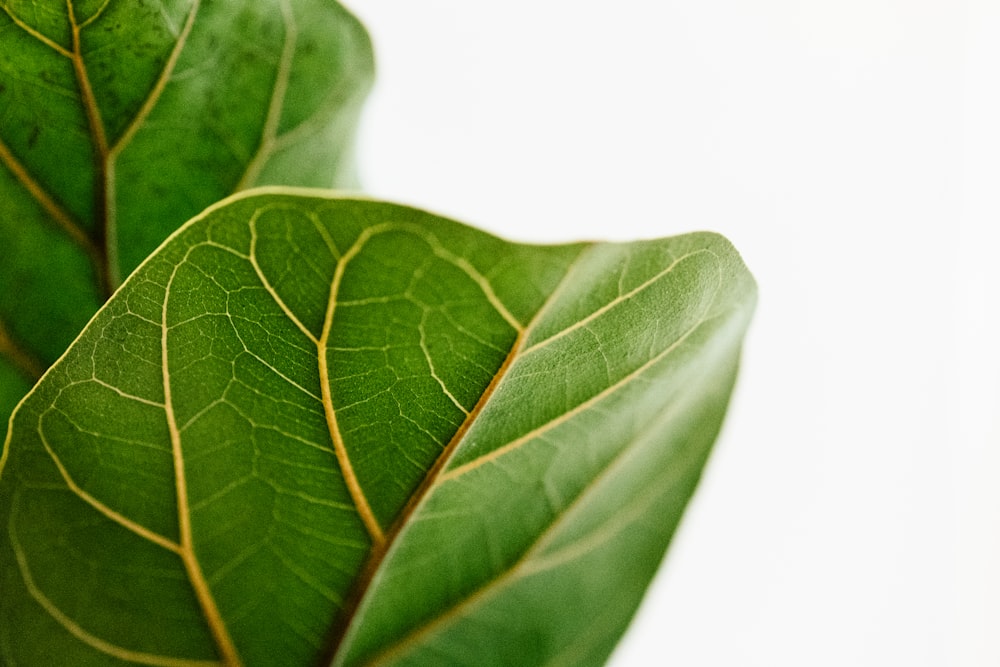Nurturing Your Tomato Plants: An Introduction
Tomatoes are among the most beloved crops in the home garden, prized for their versatility and delicious flavor. However, growing healthy and productive tomato plants requires careful attention and proper care. In this gardener’s guide, we’ll explore essential tips and techniques to help you cultivate thriving tomato plants and enjoy a bountiful harvest.
Choosing the Right Varieties
Before diving into tomato plant care, it’s essential to select the right varieties for your garden. Consider factors such as your climate, growing conditions, and preferred taste preferences. Indeterminate varieties, such as ‘Beefsteak’ or ‘Cherokee Purple,’ produce fruit continuously throughout the season, while determinate varieties, like ‘Roma’ or ‘Celebrity,’ tend to produce a more concentrated harvest. Choose varieties that suit your needs and preferences to set yourself up for success.
Starting with Healthy Seedlings
Whether you’re starting your tomato plants from seed or purchasing seedlings from a nursery, starting with healthy plants is crucial for success. Look for seedlings that are sturdy, with dark green leaves and no signs of disease or pests. Transplant seedlings into the garden after the danger of frost has passed, ensuring they have plenty of room to grow and develop.
Providing Proper Sunlight and Soil
Tomatoes thrive in full sun, requiring a minimum of 6-8 hours of direct sunlight per day to produce optimal yields. Choose a sunny location for your tomato plants, preferably with well-draining soil rich in organic matter. If your soil is less than ideal, consider amending it with compost or aged manure to improve its texture and fertility. Proper soil preparation lays the foundation for healthy and robust tomato plants.
Watering Wisely
Consistent and adequate watering is essential for tomato plant health, especially during the growing season. Keep the soil evenly moist, but not waterlogged, to prevent issues such as blossom end rot or fungal diseases. Water at the base of the plants to avoid wetting the foliage, which can promote disease. Use a soaker hose or drip irrigation system to deliver water directly to the roots efficiently.
Feeding Your Tomato Plants
Tomatoes are heavy feeders and require regular fertilization to support healthy growth and fruit production. Start by incorporating a balanced fertilizer into the soil at planting time, and then continue to feed your plants every 2-3 weeks throughout the growing season. Look for fertilizers specifically formulated for tomatoes, or opt for organic options such as compost or fish emulsion for a more natural approach.
Supporting Your Tomato Plants
Most tomato varieties benefit from some form of support to keep the plants upright and off the ground. Options include stakes, cages, or trellises, which help prevent sprawling and improve air circulation around the plants. Install supports shortly after transplanting to avoid damaging the roots later on. As the plants grow, gently tie them to the supports using soft twine or plant ties to prevent breakage.
Pruning for Productivity
Pruning tomato plants can help improve air circulation, reduce disease risk, and encourage larger, more flavorful fruits. Remove suckers—the small shoots that form in the leaf axils—regularly to redirect energy towards fruit production. Additionally, prune any yellowing or diseased foliage to maintain plant health and vigor. Be careful not to over-prune, as this can reduce yields and sun protection for the fruits.
Managing Pests and Diseases
Tomatoes are susceptible to a variety of pests and diseases, including aphids, hornworms, blight, and leaf spot. Monitor your plants regularly for signs of trouble, such as yellowing leaves, holes in the foliage, or unusual discoloration. Practice good garden hygiene by removing any diseased or infested plants promptly and disposing of them away from the garden. Consider using organic pest control methods, such as neem oil or insecticidal soap, to manage pests without harming beneficial insects or the environment.
Harvesting and Enjoying Your Tomatoes
As your tomato plants mature, you’ll be rewarded with a bounty of ripe, juicy fruits ready for harvest. Pick tomatoes when they reach their full color and are firm but slightly yielding to the touch. Gently twist or snip the fruits from the vine, taking care not to damage the plant. Enjoy your fresh tomatoes immediately or store them in a cool, dry place for later use. With proper care and attention, your tomato plants will provide you with a season’s worth of delicious fruits to enjoy in salads, sauces, sandwiches, and more. Read more about tomato plant care











